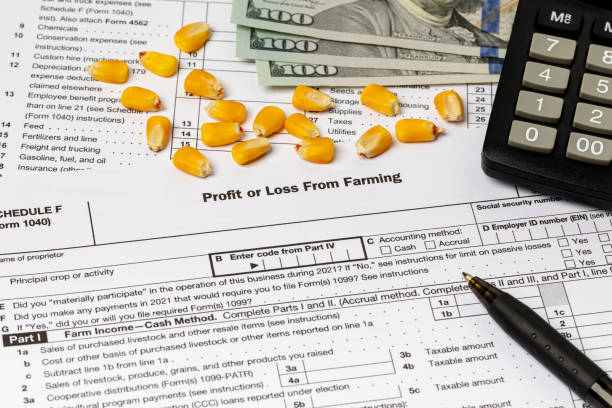The U.S. government said recently it is collecting samples of ground beef at retail stores in...
IMPORTANT: 100% Bonus Depreciation is Being Phased Down

Using bonus depreciation to offset gains on the trade of assets may not work going forward.
One of the most effective tax-minimization planning tools farmers have available to them is the use of accelerated depreciation — in the form of Section 179 deductions or the use of bonus depreciation. These strategies have been around for decades in one way, shape or form.
Both tools allow additional up-front deductions on an asset. For instance, the purchase of a $700,000 tractor, without the use of Section 179 or bonus depreciation, would be depreciated over a seven-year period. With the use of Section 179 or bonus depreciation, this asset could be fully depreciated in the first year.
There are differences between Section 179 and bonus depreciation that most notably include the following:
- Section 179 does not apply to general purpose barns; bonus depreciation does.
- Only $1,160,000 of Section 179 can be used in 2023 (up to a $2.8 million investment threshold); bonus depreciation has no dollar limitation on how much can be taken.
- Section 179 can be applied to some of the asset’s purchase, whereas bonus depreciation applies to the entire asset class life (using the example, all seven-year assets would be bonus depreciated).
- Section 179 is limited to business income. However, for individual taxpayers, Section 179 can take your farm into a loss position, which is then limited by your other business or earned income (i.e., wages).
So, what is changing?
The 100% bonus depreciation has been phased down, starting January 1, 2023 to only 80%. In other words, that $700,000 tractor is now maxed at $560,000 of bonus depreciation in 2023, with $140,000 being depreciated over a seven-year period.
Bonus depreciation will drop after 2023 according to the following schedule:
- 60% in 2024
- 40% in 2025
- 20% in 2026
- 0% in 2027
As you can see, the impact will continue to increase in future years as the depreciation percentage reduces. It is important to note, if farmers/ranchers are below the Section 179 thresholds, they may not see an impact. We will likely see a greater use of Section 179 going forward.
However, it might feel like a double whammy given like-kind exchanges are no longer allowed. In recent years, farmers have taken bonus depreciation to offset gains on the trade of assets (i.e., purchasing a new tractor and trading in the old one). That may not work going forward if they have already maximized their Section 179 deductions.
Also, keep in mind not all states follow the same Section 179 and bonus depreciation rules as the federal tax code. It may make sense to tax-plan earlier as the phase-down of bonus depreciation could influence decisions on the farm going forward.
Encourage farmers/ranchers to reach out to their tax specialist, accountant, or your local GreenStone tax and accounting professional to answer questions related to this topic.
Data provided by GreenStone Farm Credit Services.
EDITOR’S TAKE:
We often encourage you to publicize the use of Section 179 and bonus depreciation. It makes even more sense now, especially with the end of year tax season closing in. Encourage the farmers/ranchers in your area to consult with their tax specialist -and to ultimately visit your dealership to purchase those new trucks. As you can see from the phase-out chart above, unless Congress intervenes to extend bonus depreciation, it will be gone. Section 179 will hopefully remain in place, but the incentives won’t be as enticing as they are today. Put your inventory on AgTruckTrader.com and encourage farmers/ranchers to utilize tax advantages while they are still in existence!








